Food high in flavonoids – list:
Introduction
Flavonoids or bioflavonoids are plant-based natural compounds with potent antioxidant properties found in many vegetables and fruits.
They are the largest group of phytonutrients (chemicals produced by plants), with more than 6,000 types.
The general rule is that the more colorful a food item is, the richer it is in flavonoids.
Many flavonoids are shown to have prevention properties in coronary heart disease, antioxidative activity, free-radical scavenging capacity, and anticancer activity, while some exhibit potential for anti-human immunodeficiency virus functions.
They can be divided into 6 major subtypes, which include isoflavonoids, chalcones, flavones, flavanones, anthocyanins, and anthoxanthins.
Each of these subgroups and each type of flavonoid carries its own distinct set of functions, actions, benefits, and originating foods.
The most abundant flavonoid in nature is quercetin, which is a flavonol. Its highest concentration is in red onions (in the outer, redder rings) and apples.
These compounds have diverse functions within plants.
They help regulate cell functions within plants and do the same for humans.
They are part of the defense system against invasive infection, which means they are immune and supportive to humans.
Health benefits of flavonoids
Cardiovascular health
They help lower blood pressure and bad cholesterol (LDL), thus leading to a lower risk of heart disease.
A few studies have found connections between higher flavonoid intake levels and lowered cardiovascular disease risk across different groups, including male smokers, postmenopausal women, and middle-aged women and men.
Also, in an Australian study of older women (older than 75), published in the British Journal of Nutrition, found both flavan-3-ol intake and flavonol to be linked with a considerable decrease in the risk of atherosclerotic vascular disease.
Anti-inflammatory properties
The immune system can be modified by pharmacologic agents, diet, physical exercise, environmental pollutants, sleep, and naturally occurring food chemicals.
Certain members of flavonoids notably boost the function of the immune system.
Quercetin, hesperidin, apigenin, and luteolin are reported to possess analgesic and anti-inflammatory effects.
Furthermore, scientists have found that women with the highest intake of flavones and anthocyanins had the lowest levels of inflammation and insulin resistance.
Cancer
Vegetables and fruits containing this type of healthy compounds have been reported as cancer chemopreventive agents.
The consumption of apples and/or red onions, two important sources of quercetin, is inversely connected with the incidence of cancer of the stomach, prostate, lung, and breast.
Additionally, apigenin may even be one reason why drinking chamomile tea (also found in parsley, thyme, and red pepper) has been found to reduce thyroid cancer risk by up to 80%.
Diabetes
Currently, nearly 1 in 4 four adults living with diabetes or pre-diabetes.
Also, it is estimated that 40 percent of the population will have diabetes or pre-diabetes in 2020, conditions that already cost the health care providing systems billions of US dollars a year in healthcare spending.
Some evidence suggests that these compounds may improve and stabilize the secretion of insulin from pancreatic beta cells.
Antioxidant activity
The best-described property of almost every group of flavonoids is their capacity to act as antioxidants.
Antioxidants are one of the body’s defenses against ”free radicals,” which are small molecules generated during normal metabolic processes.
Bone Health
Recent studies show flavonoid consumption to have a stronger association with bone than general vegetable and fruit consumption.
In addition, in an English study, bone mineral density was compared between older women who consumed tea and those who did not.
Women in the study who drank tea had higher bone mineral density measurements than those who did not drink tea.
The active compounds in tea might be responsible for the prevention of osteoporosis.
Weight Loss
Vegetables and fruits are associated with less weight gain and are rich sources of several flavonoid subclasses, especially anthocyanins, flavonols, and flavones.
Most Americans consume less than 1 cup of fruit and less than 2 cups of vegetables daily.
A study of 124,000 women and men in the United States reveals that increased consumption of fruits and vegetables helped maintain and, in some cases, even produced a modest weight loss, with no other changes, like exercise or diet.
Top 7 flavonoids foods:
#1 Berries
They are loaded with antioxidants that can help support blood vessel walls and play a role in protecting the brain from oxidative stress, which is essential in treating the early stages of Alzheimer’s disease and many other conditions.
What’s more, berries are low in calories and sugar. As a result, they make a great snack for people who are trying to lose weight or maintain a healthy weight.
Just half a cup of blueberries provides about 121 milligrams of anthocyanins.
#2 Apples
Apples are one of the most popular fruits in the world and for good reason. In addition to being delicious, apples offer a wide range of health benefits.
For example, apples are a good source of fiber, which can help to regulate digestion. They also contain vitamins and minerals that are essential for maintaining good health.
Quercetin is the flavonoid that enables apples to keep the doctor away.
Quercetin has been shown to prevent heart attacks, reduce cancer risk, control asthma, stave off cataracts, prevent recurrent gout attacks, lowers cholesterol, and speed healing from acid reflux.
Eating a whole apple is better than apple juice which loses 80% of its quercetin during processing.
#3 Pomegranates
Sometimes referred to as the “jewel of the winter” or ”Chinese apple,” the pomegranate carries with it the mystique of ancient myth, but we are starting to realize that its health benefits are very powerful and real: pomegranate juice may have almost 3 times the antioxidant potency of an equal volume of red wine or green tea.
The high concentration of antioxidants in pomegranates can help to protect cells from damage, keeping the body healthy and delaying the effects of aging.
#4 Onions and garlic
Onions and garlic are two of the most versatile and widely used ingredients in the world. And they’re not just delicious – they also offer a range of health benefits.
Garlic and onions are rich in flavonoids, including those that may help fight cancer. While apples and tea also contain quercetin, onions appear to be an especially good source.
At least 25 different flavonols have been identified across all onion varieties!
#5 Green Tea
Green tea is more than just a daily beverage. This centuries-old drink has been shown to have numerous health benefits, including improved heart health, reduced risk of cancer, and improved cognitive function.
Recent studies have also shown that green tea can help to boost weight loss efforts by increasing metabolism and improving fat burning.
Also, green tea contains compounds called polyphenols that have powerful anti-inflammatory, antioxidant, and anti-cancer properties.
Tea flavonoids reduce the oxidation of low-density lipoprotein and lower the blood levels of cholesterol and triglycerides.
#6 Vegetables
Most people know that vegetables are good for them, but they may not realize just how beneficial they can be.
Vegetables are a rich source of nutrients like vitamins, minerals, and fiber, and they have been shown to promote health in a number of ways.
For instance, eating vegetables has been linked to a lower risk of heart disease, stroke, and some types of cancer. They can also help to protect against diabetes and obesity.
The USDA Flavonoid Database lists the flavonoid content of 58 veggies.
Among those with the highest marks: kale, broccoli, yellow, red and spring onions, eggplant, hot peppers, rutabaga, watercress, and spinach.
READ MORE: Molybdenum – Uses
#7 Beans
Beans are a versatile and nutritious food that can be enjoyed in a variety of dishes.
Although often thought of as a type of vegetable, beans are actually a fruit. Nonetheless, they are an excellent source of fiber and protein, and they can be a healthy addition to any diet.
Beans are a rich source of natural compounds with potential beneficial effects on human health.
One-half cup of red beans yields 13,727 antioxidants, red kidney beans have 13,259, pinto beans – 11,864, and black beans – 4,191.
READ MORE: Saponins – Side Effects
Final Words
Individuals who hope to consume flavonoids through plant-based foods should be aware that cooking and storing could change the flavonoid make up in vegetables and fruits.
A good way to tell if your food is losing nutrients is by its color- if its normally vivid colors start to fade while being boiled or cooked, your food is losing its phytonutrients. Moreover, taking flavonoid supplements is not the way to go.
Consume whole foods, which supply the added benefits of minerals, vitamins, and dietary fiber.
READ THIS NEXT: Spirulina Powder – Side Effects
References http://ajcn.nutrition.org/content/74/4/418.full#ref-79 http://jn.nutrition.org/content/144/2/202.abstract http://eurpub.oxfordjournals.org/content/early/2015/04/03/eurpub.ckv063 http://www.ncbi.nlm.nih.gov/pubmed/24671371 https://nutritionandmetabolism.biomedcentral.com/articles/10.1186/s12986-015-0057-7
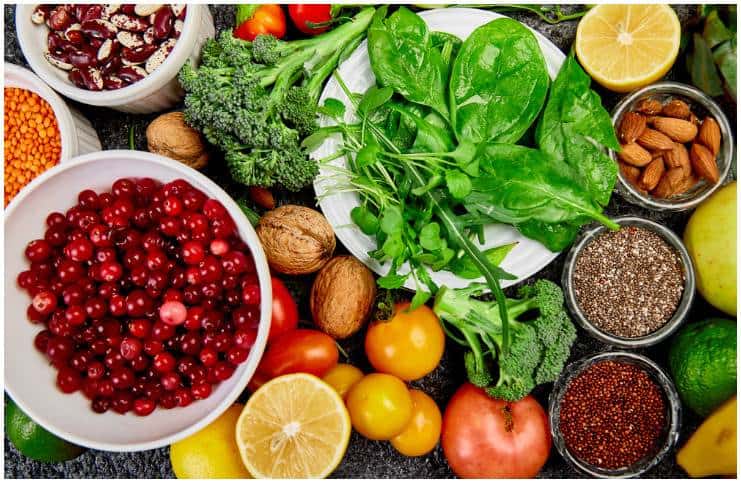
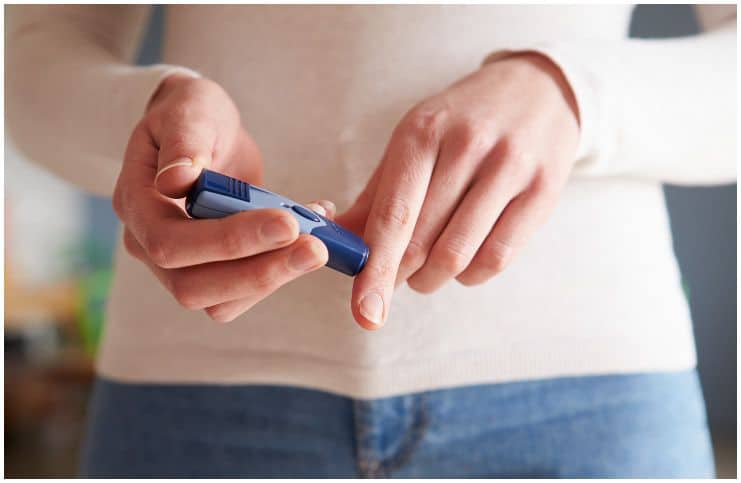

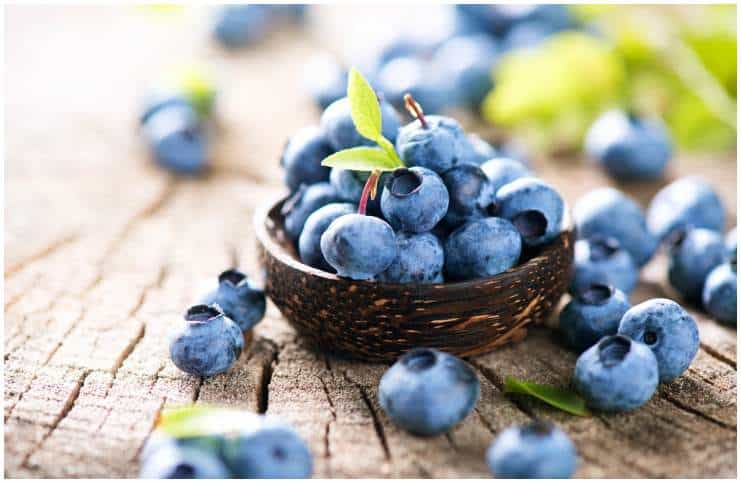
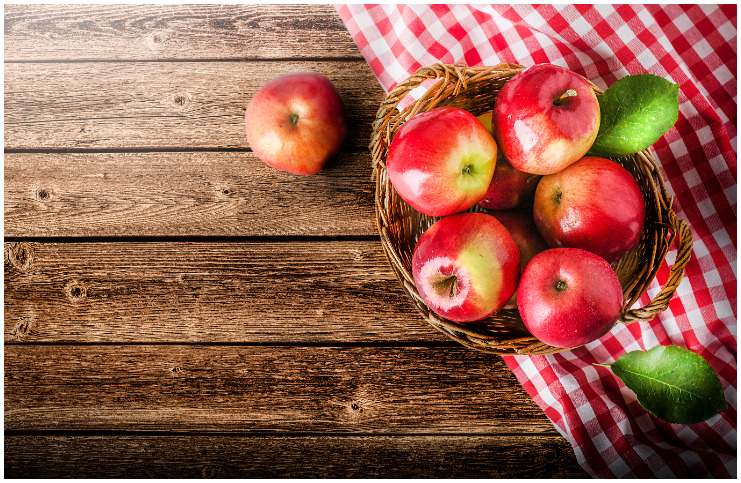

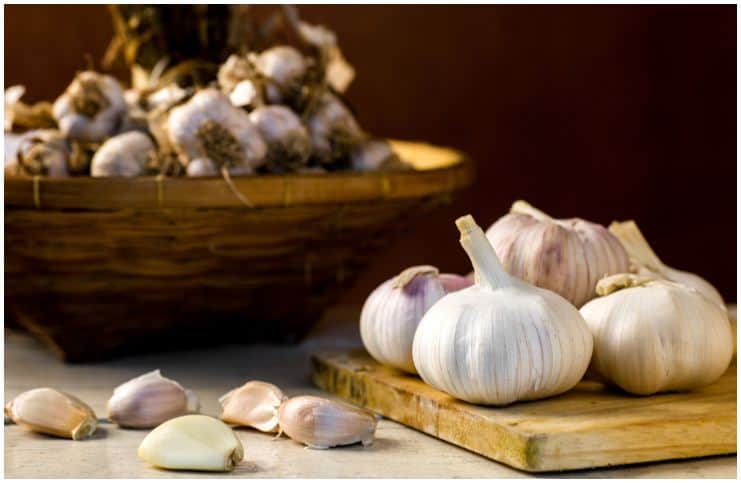



do frozen blue berries still have any nutrients ?